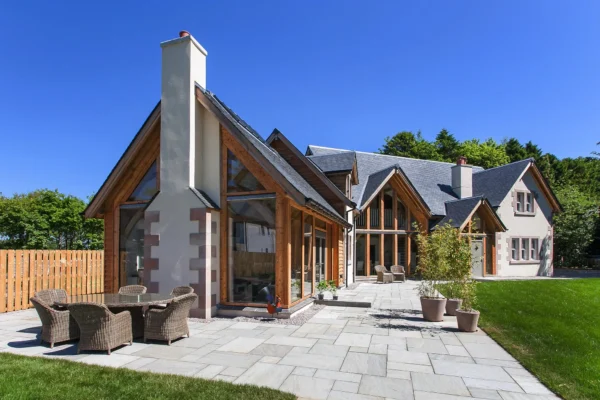Bat Surveys & How to Deal with Bats on Site
Whatever kind of project you’re tackling – be it a conversion, refurb, extension or totally new home built from scratch – if there is a possibility of bats in or near your property, then you have to take account of them as part of your planning application.
Bats are rightly protected by legislation and it’s vital that you deal with them in a sensitive and lawful way. So what do you need to know about these creatures, what are the implications for your project and what solutions are there for rehoming and dealing with bats?
Bats and the law
Bats are protected by both UK and European legislation, under the Habitats Regulations and the Wildlife and Countryside Act. It’s not just an offence to capture or kill them, but also to disturb bats in their roost or to damage, destroy or block access to a roost.
If there’s a possibility of these creatures being present at your property, then you’ll need to have a dedicated bat survey done before you make a planning application.
If they do have to be disturbed or relocated, then this must be done by a specialist with a bat licence. Breaches of the law can result in stiff fines or even imprisonment, so this isn’t a matter to be taken lightly.
Where do bats roost?
Any long-standing structure – whether it be a house, garage, barn, shed, farm building or workshop – has the potential to harbour bats, and not just in countryside areas. If you’re demolishing an older building or taking on substantial work, such as re-roofing or re-cladding, then the council is likely to want a survey.
But don’t be fooled: bats can frequent modern buildings, too. This means pretty much any kind of property you might want to alter or extend could trigger the need for a survey.
Trees featuring holes or cracks (so mature examples in particular) can also harbour bats. Should this be the case, you have the potential to disturb the roost even if you keep the tree – so don’t assume you only need to think about specimens that you actually plan to fell.
What’s the problem?
The big issue with these critters isn’t just the cost of surveys, which we’ll look at in a moment, but when they need to happen. Because bats hibernate in winter, there’s a limited season from May to September in which assessments can be done.
This is exacerbated by the fact that, if there’s a likelihood of these creatures being on site, you must provide a bat survey with your planning application. So if the council decides in, say, October that you should have submitted a bat survey, your application could be held up until May.
Lengthy delays at the planning stage are the last thing most self-builders need, so it’s important to be sure about the presence, or absence, of bats as early in your project as possible.
Note that assessments undertaken right at the end of the season might not be accepted for the purposes of obtaining a mitigation license to disturb the animals. The season is weather dependent, too, so might end a little earlier or later from year to year.
Bat surveys
If there’s a possibility of bats, you’ll need to have an initial check done to determine whether they are indeed present. This and any subsequent surveys should be undertaken by an ecologist (most of whom deal with all kinds of protected species, though some do specialise).
A variety of different names can be given to this first step – it might be called a baseline building inspection or a bat roost potential inspection, for instance. The cost of this stage can be anything between £250 and £800, depending on the scale of the project and the work involved.
EXPERT VIEW: How long is a bat survey valid for?Robert Oates, managing director of ARBTECH, explains how long you have to start works once your bat survey has been completed. I get asked this all the time. Truthfully, as with most planning-related queries, the answer is not straigthforward. Under normal circumstances, the shelf life of a bat survey report is about 12-24 months. However, this is dictated by two things: the material changes of the structure and the building’s proximity to habitats. The greater the probability of material change in the building or structure (for instance, how dilapidated the house is), or the better connected the property is to high quality proximate habitats (woodland and water bodies), the shorter your survey validity may be. That’s why, whether it’s for bats, newts or biodiversity net gain, “it depends”. Moreover, in the case of bats, even this short period can be constrained significantly (to as little as three months) if you need to apply for a licence. Normally, your most recent survey data should ideally be less than three months’ old, and certainly within the same year’s bat survey season. This means that if your surveys concluded in August—the end of the optimal survey season—you could probably apply for planning permission using that report for up to a year and get a valid licence up to the end of November or December. If you get your licence in this time, you won’t need to get a material changes check first. A material changes check is a scoped down level of survey that compromises between repeating everything, which would be disproportionately expensive, and doing nothing at all, so that the ecologist us unable to state with confidence that the risk of harm to bats is acceptably low. Robert Oates is the managing director of ARBTECH, a leading ecological and arboricultural consultancy, undertaking over 3,000 surveys every year. |
Be wary of those who appear to charge bargain basement fees. In such cases, you’re unlikely to be getting a particularly thorough survey – which means that if there’s the slightest possibility of bats, this will no-doubt trigger further, much more expensive preliminary inspections.
But just because a site looks like it could be suitable for bats, doesn’t mean there will be any. A proper check will involve peering into holes and crevices, looking into attics and carefully searching for any sign of the creatures to confirm either way. If there are none, you can proceed with your planning application.
If the initial assessment does detect the presence of bats, this will trigger the need for what’s known as a bat emergence survey. Depending on the scale of the project, this could involve anything from one to three ecologists visiting the site at dawn and dusk on three occasions, armed with bat detectors.
These gadgets register the creatures’ high-pitched squeaks, enabling the team to record both numbers and species. This process will also help to pinpoint where the bats are emerging from.
Given the amount of time and unsocial hours required for these surveys, it’s no surprise that they can be expensive – with fees ranging from £1,500 to £3,000.
What to do if there are bats
The good news is that the presence of these critters is highly unlikely to be fatal to your project, provided there’s alternative habitat or roost potential nearby. Your ecologist will advise on what needs to be done to avoid harming the bats during construction, and how you can make provision for alternative roost space.
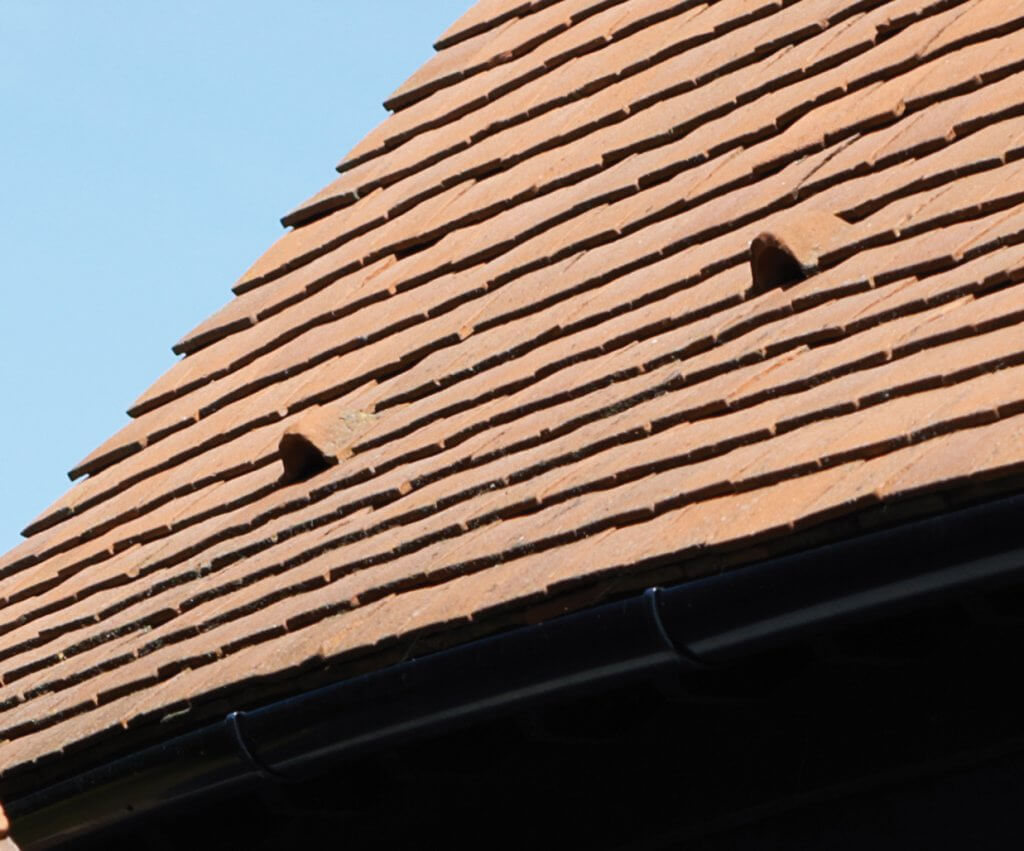
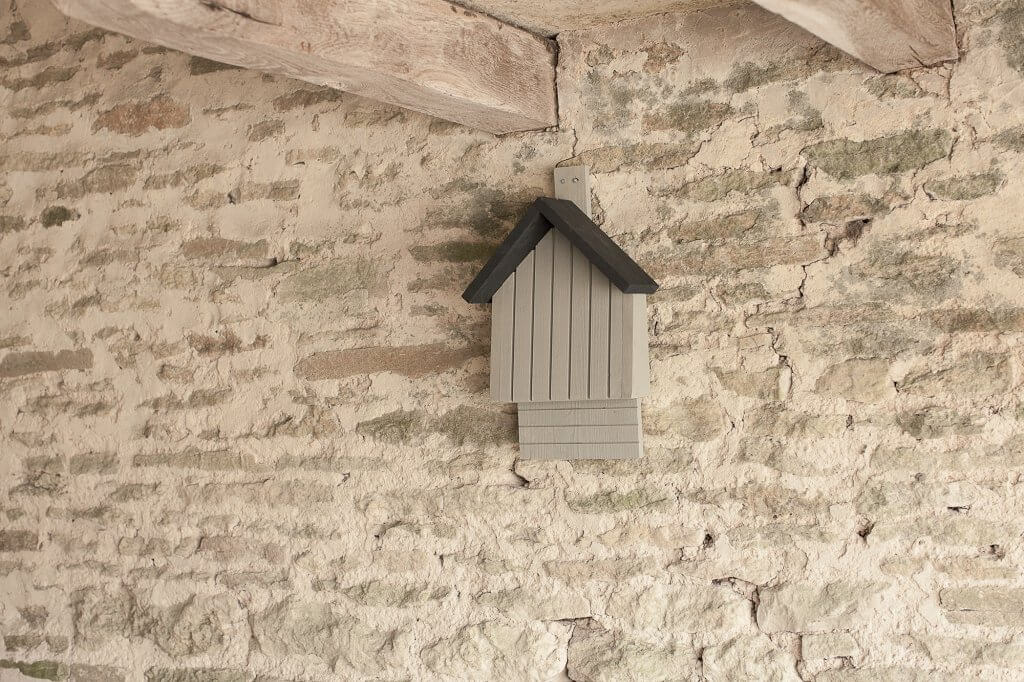
These measures need to be set out in the ecologist’s survey report. They are likely to be picked up by the council and included in a condition attached to your planning permission. You will then be bound to follow those recommendations when you come to undertake the works.
Providing appropriate alternative roosts may simply be a matter of putting up a few bat boxes on or near your property.
Species such as brown long-eared bats, however, need space to fly around before they emerge. This could be an accessible area of loft space designated for the purpose; or even a roof void in a garage.
Other protected species to watch out for:A range of fauna and flora is protected by law. Here’s a quick guide to the most common types that might have an impact your project, which include:
The first port of call when the presence of any of these is suspected is to have a suitable professional survey done. You will then be required to look at how your scheme could be tweaked to avoid any potential negative effects (such as by moving a planned new house on the plot). If this isn’t possible, you will be expected to provide details of any mitigation measures your ecologist recommends. These will be considered by the relevant body (either Natural England or the Environment Agency) and the council as part of your planning application. |
In one barn conversion case I was involved with, the owners wanted vaulted ceilings throughout, which would involve displacing the long-eared bats that inhabited it. The council granted consent for a new cart-shed style garage with a roof void in order to accommodate the creatures.
Ironically, the planners had resisted the idea of a garage until the needs of the bats were factored in – so they did the owners a favour on this occasion.
Other considerations
Bats can be affected by artificial light, so the design of outdoor illumination in your scheme might have to take this into account. Planners have been known to resist installations that they feel might intrude into the crepuscular environment (their words, not mine) but this can generally be overcome through appropriate design, typically featuring low-level lights.
If you’re refurbishing an existing building, be aware that certain chemicals and wood treatments can be harmful to bats. In addition, tiny pipistrelle bats like the tight spaces under roof tiles, but can get caught up in the fibres of breathable membranes – so you may need to specify a non-breathable, bitumen based alternative.
The latter can conflict with Building Regulations requirements, however, and may require some careful negotiation.
Bats: the essentials
Bats can have a bearing on the timing of your project, given the limited window for surveys. They might add some costs to your budget, too, and can influence your design and choice of materials.
The key thing is to be aware that a survey may be necessary and, if bats are found, to ensure your project does them no harm. Provided you follow these steps, they’re really nothing to get hung up about.
Main image: Kate and Robin Duke required a bat survey to enable their barn conversion project. Six bat boxes were installed around the site and access points incorporated into the roof eaves
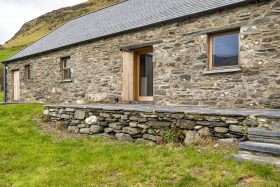




































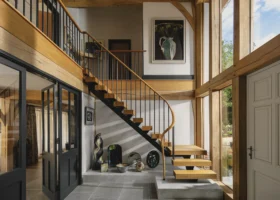
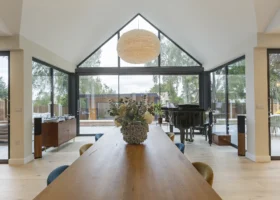

























































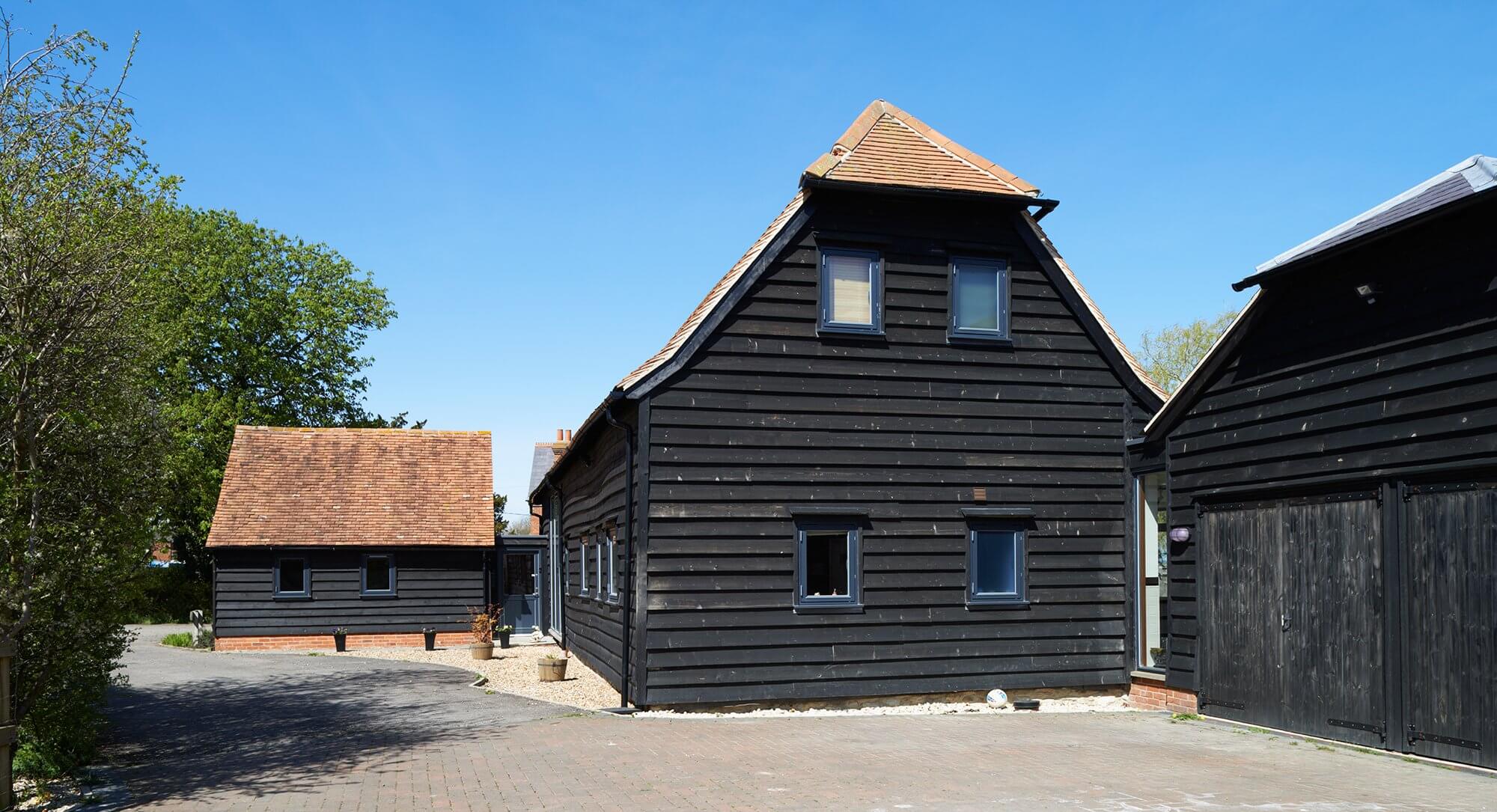
 Login/register to save Article for later
Login/register to save Article for later








